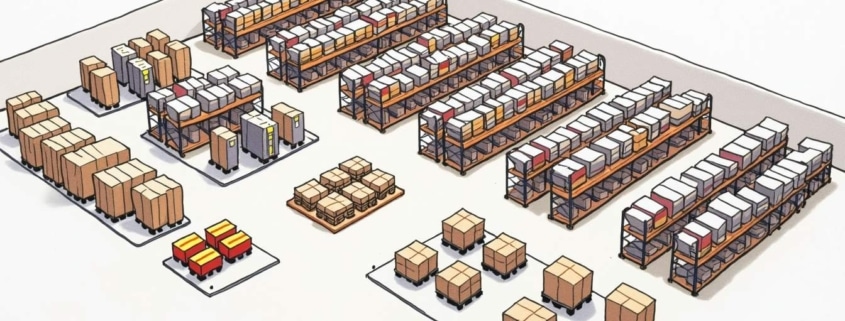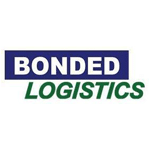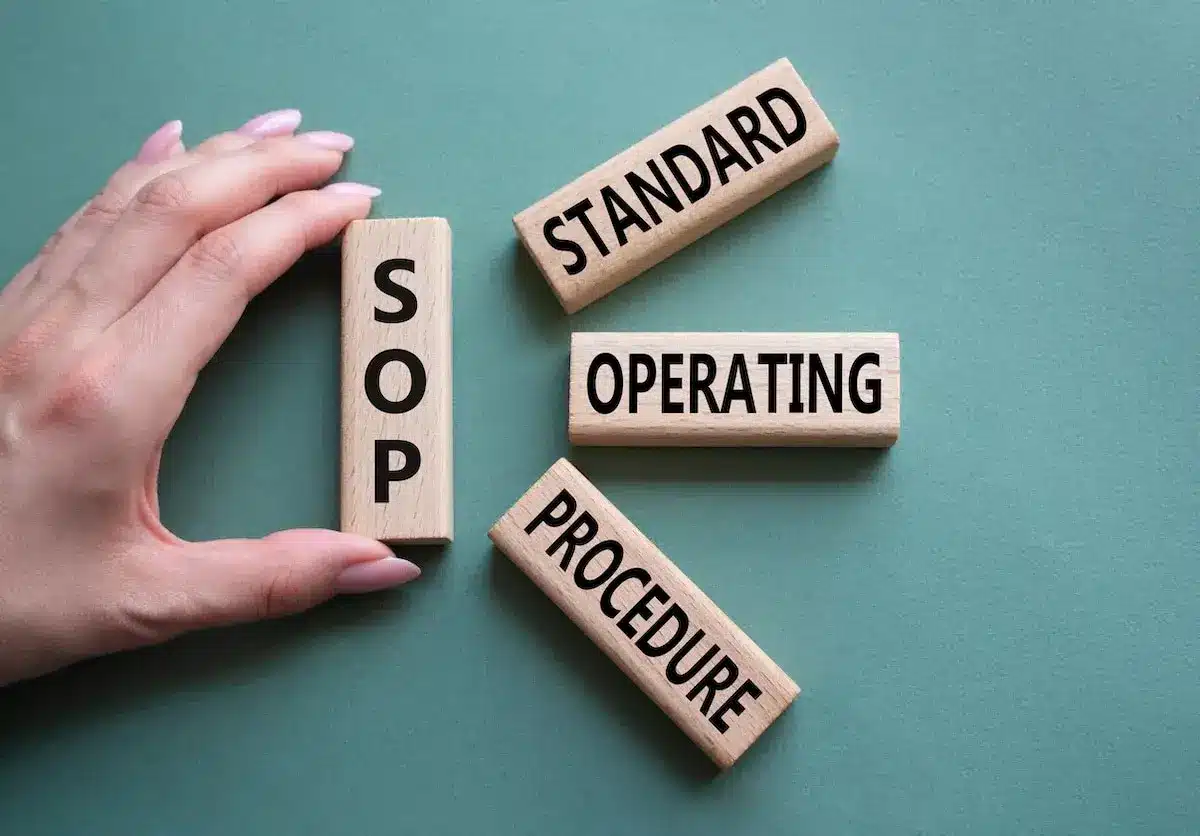Optimizing Efficiency with Warehouse Location Labels: A Comprehensive Guide
Warehouse management is pivotal in ensuring that operations run smoothly and efficiently. One of the most critical aspects of this process is the use of warehouse location labels. These labels not only aid in identifying locations within the warehouse but also in optimizing the workflow. In this comprehensive guide, we will explore the significance of warehouse location labels, delving into their design, implementation, and integration with management systems.
Understanding the Importance of Warehouse Location Labels
Warehouse location labels serve as navigational aids in a facility designed to hold a variety of products. Their utility extends beyond simple identification; they are integral to enhancing operational efficiency.
The Role of Location Labels in Warehouse Management
In a busy warehouse, time is of the essence. Location labels help streamline the picking and restocking processes by providing a straightforward way to identify product placements. They help warehouse staff quickly locate items, significantly reducing the time spent searching for products.
Furthermore, location labels play a crucial role in inventory management. By clearly marking where items are stored, these labels facilitate accurate stocktaking and record-keeping. This minimizes the risk of misplacement and ensures that inventory levels are consistently updated. The implementation of a systematic labeling strategy can also aid in the identification of slow-moving or obsolete stock, allowing managers to make informed decisions about restocking and clearance.
How Location Labels Contribute to Efficiency
Efficiency in a warehouse directly correlates with productivity levels. Effective location labeling reduces the back-and-forth movement of staff, as they can quickly identify where to find and return items. This reduction in unnecessary movements culminates in significant time savings.
Additionally, streamlined processes enabled by location labels lead to improved order fulfillment rates. As orders are processed faster, customer satisfaction is enhanced, leading to better retention and positive reviews. The use of advanced labeling technologies, such as QR codes or RFID tags, can further amplify these benefits by allowing for real-time tracking of inventory. This not only enhances the accuracy of stock levels but also provides valuable data analytics that can inform future operational strategies, ultimately contributing to a more agile and responsive warehouse environment.
Different Types of Warehouse Location Labels
Various types of location labels can be utilized in warehouses, each serving distinct purposes based on the operational needs of the facility. Understanding these types can help businesses select the most appropriate labels for their requirements.
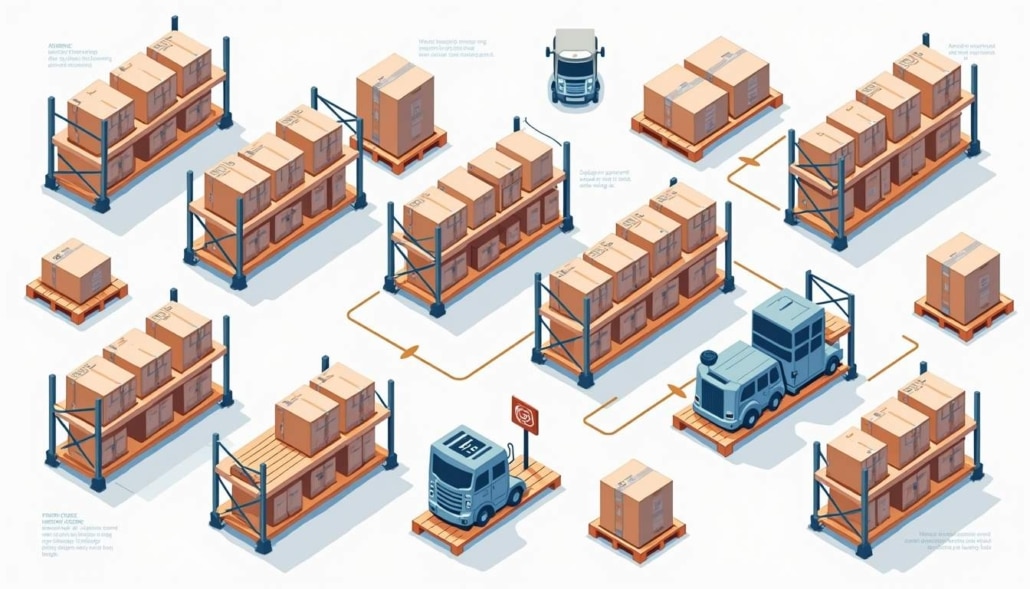
Barcode Labels
Barcode labels are among the most popular types of location labels found in warehouses. They provide a quick and efficient way to access product information through a barcode scanner. This technology enables lightning-fast inventory management processes.
Barcode labels can also be easily updated by simply changing the information in the warehouse management system. This flexibility helps businesses keep their inventory data accurate and up-to-date without the need for reprinting entire labels. Additionally, barcode labels can be integrated with various software solutions, allowing for real-time tracking of inventory levels, which is crucial for maintaining optimal stock and reducing overhead costs.
Magnetic Labels
Magnetic labels are highly versatile and can be repositioned as necessary, making them perfect for dynamic warehouse environments where layouts may frequently change.
These labels adhere to metal surfaces and are particularly useful in environments that utilize magnetic shelving systems. Their ability to be easily moved without damaging underlying surfaces or requiring adhesive removal makes them a practical choice for modern warehouses. Furthermore, magnetic labels can be printed in various colors and sizes, allowing for a customizable approach to inventory management that can enhance visibility and organization within the warehouse.
Pallet Rack Labels
Pallet rack labels are specifically designed for labeling shelving units, helping workers quickly identify where products should be placed or retrieved. They are typically larger and more durable, allowing them to withstand wear from forklift operations and other warehouse activities.
This type of label often includes not only location information but also product descriptions, stock keeping units (SKUs), and other pertinent details necessary for efficient retrieval and storage. Moreover, many pallet rack labels are designed with high-contrast colors and bold fonts to ensure readability from a distance, which is essential in busy warehouse environments. Some advanced versions even incorporate QR codes, enabling workers to scan and access detailed product information on their mobile devices, further streamlining the picking and packing processes.
Designing Effective Warehouse Location Labels
An effective location label is more than just a piece of paper with a printed number. It should be thoughtfully designed to enhance visibility and readability in the hectic environment of a warehouse.

Key Elements to Include on Your Labels
When designing your location labels, consider including essential components such as the aisle number, shelf number, and product description. This information allows quick recognition and aids staff in navigating to the right location.
Additionally, consider incorporating a barcode or QR code, which can be scanned for instant access to additional product information or stock levels. The inclusion of graphical icons can also help convey information rapidly, aiding in easy identification. For example, a simple icon representing fragile items can alert staff to handle those products with extra care, reducing the risk of damage during transit.
Choosing the Right Size and Color for Your Labels
The size and color of labels can significantly affect their visibility and legibility. Use larger labels in areas with high traffic, ensuring they can be seen from a distance. Conversely, smaller labels may suffice in less populated spaces.
Color coding is particularly effective in warehouses. By assigning different colors to different product categories, staff can quickly locate and identify items. For example, red labels could denote hazardous materials, while green might indicate standard items. Furthermore, using contrasting colors for text and background can enhance readability, especially in low-light conditions often found in storage areas. This attention to detail not only streamlines operations but also promotes safety by minimizing the chances of misidentification.
Material Considerations for Durability
In addition to design elements, the material used for labels is crucial for ensuring longevity in a warehouse setting. Labels should be made from durable materials that can withstand varying temperatures, humidity, and potential exposure to chemicals. Laminated labels or those made from synthetic materials can resist wear and tear, ensuring that information remains clear over time.
Moreover, consider the printing method; thermal transfer printing, for instance, produces high-quality, long-lasting labels that are resistant to fading. This is particularly important in environments where labels may be exposed to sunlight or harsh cleaning agents. By investing in high-quality materials and printing methods, warehouses can reduce the frequency of label replacements, ultimately saving time and resources.
Implementing Warehouse Location Labels
The implementation of warehouse location labels should be strategic and thoughtful. A well-executed strategy ensures maximum efficacy and long-term benefits. By investing time and resources into this process, businesses can enhance their operational efficiency and streamline their inventory management systems, ultimately leading to increased productivity and reduced operational costs.
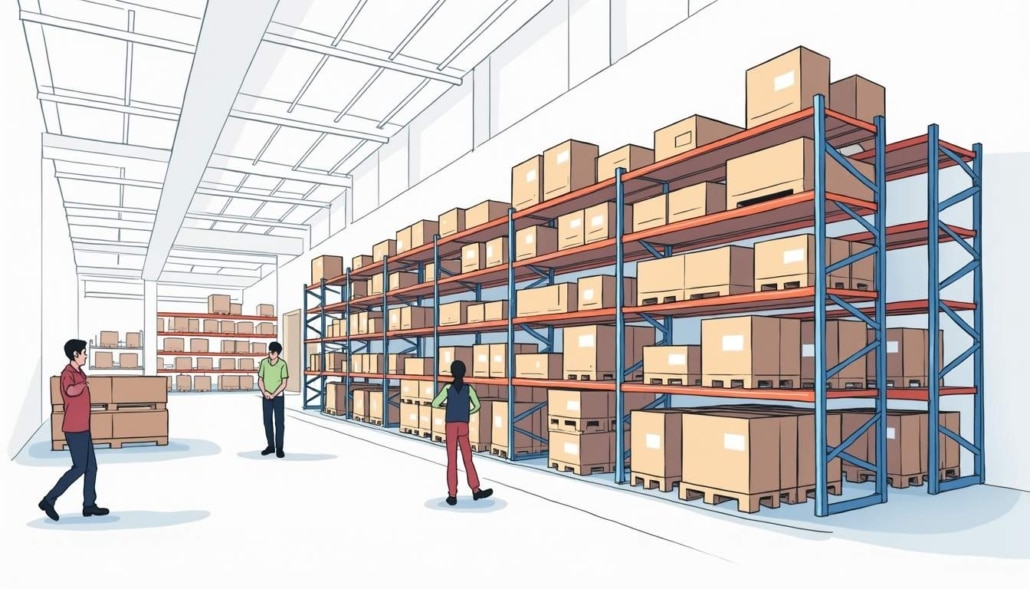
Best Practices for Label Placement
When placing location labels, consider the natural flow of movement within your warehouse. Place labels at eye level to maximize visibility, ensuring they are easy to read while staff are in motion. Utilizing color-coded labels can also aid in quick identification; for instance, different colors can represent various categories of products or storage zones, allowing for even faster navigation during busy shifts.
It’s also essential to organize labels consistently throughout the warehouse. This uniformity helps staff quickly become accustomed to the layout, allowing for improved navigation and reduced confusion. Consider incorporating digital tools, such as mobile scanning devices, that can link to the labeling system. This integration not only enhances accuracy in locating items but also provides real-time inventory updates, further optimizing warehouse operations.
Maintenance and Upkeep of Your Labels
Once implemented, location labels require regular maintenance to remain effective. Over time, labels can become worn from the hustle and bustle of warehouse operations. Periodically check the condition of labels, replacing or repositioning any that are damaged or outdated. Establishing a routine inspection schedule can help ensure that labels are consistently maintained, thus preventing any potential disruptions in workflow.
Additionally, as warehouse layouts change or inventory grows, labels should be updated to reflect these changes promptly to prevent confusion and inefficiency. Engaging staff in this process can be beneficial; their firsthand experience can provide valuable insights into which labels are most effective and where improvements can be made. Furthermore, training sessions focused on the importance of label upkeep can foster a culture of accountability, ensuring that everyone understands their role in maintaining an organized and efficient warehouse environment.
Integrating Location Labels with Warehouse Management Systems
Integrating location labels with warehouse management systems (WMS) can usher in a new level of operational efficiency, allowing businesses to leverage technology for enhanced tracking and management.
The Role of Technology in Label Optimization
Modern warehouse management systems can analyze data collected through location labels, facilitating inventory management and operational adjustments based on real-time information.
By utilizing technology, warehouses can optimize layout and processes, using data gathered from label scans to determine product turnover rates and adapt various aspects of their operations accordingly.
Selecting the Right Warehouse Management System for Your Labels
Choosing the right WMS is vital for maximizing the potential of your location labels. Look for a system that seamlessly integrates with barcode scanning and mobile devices to empower your staff with real-time information access.
Moreover, consider solutions that allow for custom label designs and offer robust reporting features. These elements will provide the comprehensive insights necessary for continuous improvement in warehouse operations.
In conclusion, warehouse location labels are essential tools that significantly enhance operational efficiency. By understanding their importance, types, effective design, and integration with technology, warehouses can optimize their processes. This comprehensive approach ensures that businesses are better equipped to meet the demands of modern logistics and storage solutions.

